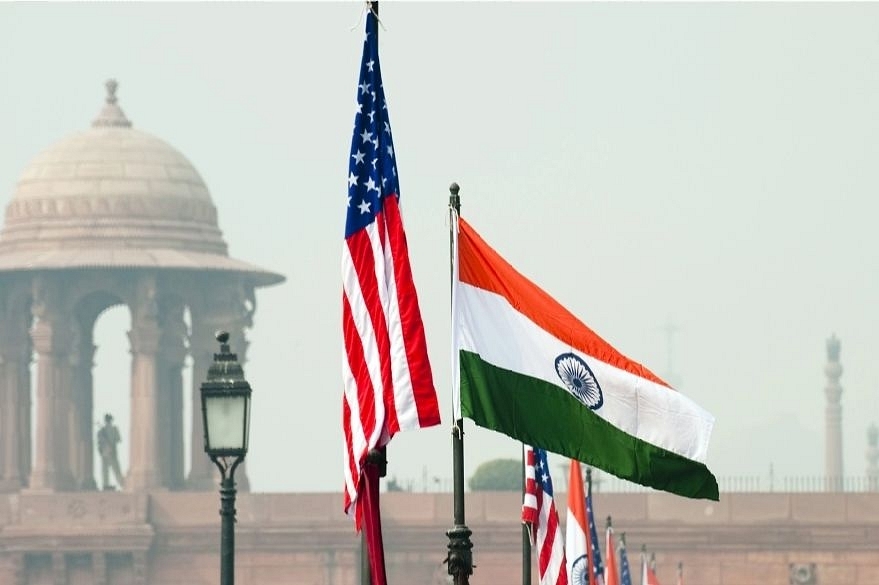News Brief
US India Artificial Intelligence Initiative Launched, To Boost Bilateral Cooperation In Research And Development

Flags of the United States and India (Manpreet Romana/AFP via Getty Images)
The Indo-U.S. Science and Technology Forum’s (IUSSTF) US India Artificial Intelligence (USIAI) Initiative was launched on Wednesday (17 March).
IUSSTF is a bilateral organization funded by the department of Science and Technology (DST), Government of India and the US Department of States.
USIAI Initiative focuses on Artificial Intelligence (AI) cooperation in critical areas prioritized by both countries. It will serve as a platform to discuss opportunities, challenges, and barriers for bilateral AI research and development collaboration, enable AI innovation, help share ideas for developing an AI workforce, and recommend modes and mechanisms for catalyzing partnerships, DST said in a statement.
The US-India AI Initiative will provide an opportunity for key stakeholder groups to share experiences, identify new research and development areas that would benefit from synergistic activities, discuss the emerging AI landscape, and address the challenges of developing an AI workforce.
The ambitious flagship initiative, USIAI, leverages IUSSTF’s unique ability to bring together key stakeholders from India and the United States to create synergies that address challenges and opportunities at the interface of science, technology, and society.
Over the next year, IUSSTF will conduct a series of roundtables and workshops to gather input from different stakeholder communities and prepare white papers that identify technical, research, infrastructure, and workforce opportunities and challenges, and domain-specific opportunities for research and development in healthcare, smart cities, materials, agriculture, energy, and manufacturing.
Introducing ElectionsHQ + 50 Ground Reports Project
The 2024 elections might seem easy to guess, but there are some important questions that shouldn't be missed.
Do freebies still sway voters? Do people prioritise infrastructure when voting? How will Punjab vote?
The answers to these questions provide great insights into where we, as a country, are headed in the years to come.
Swarajya is starting a project with an aim to do 50 solid ground stories and a smart commentary service on WhatsApp, a one-of-a-kind. We'd love your support during this election season.
Click below to contribute.
Latest